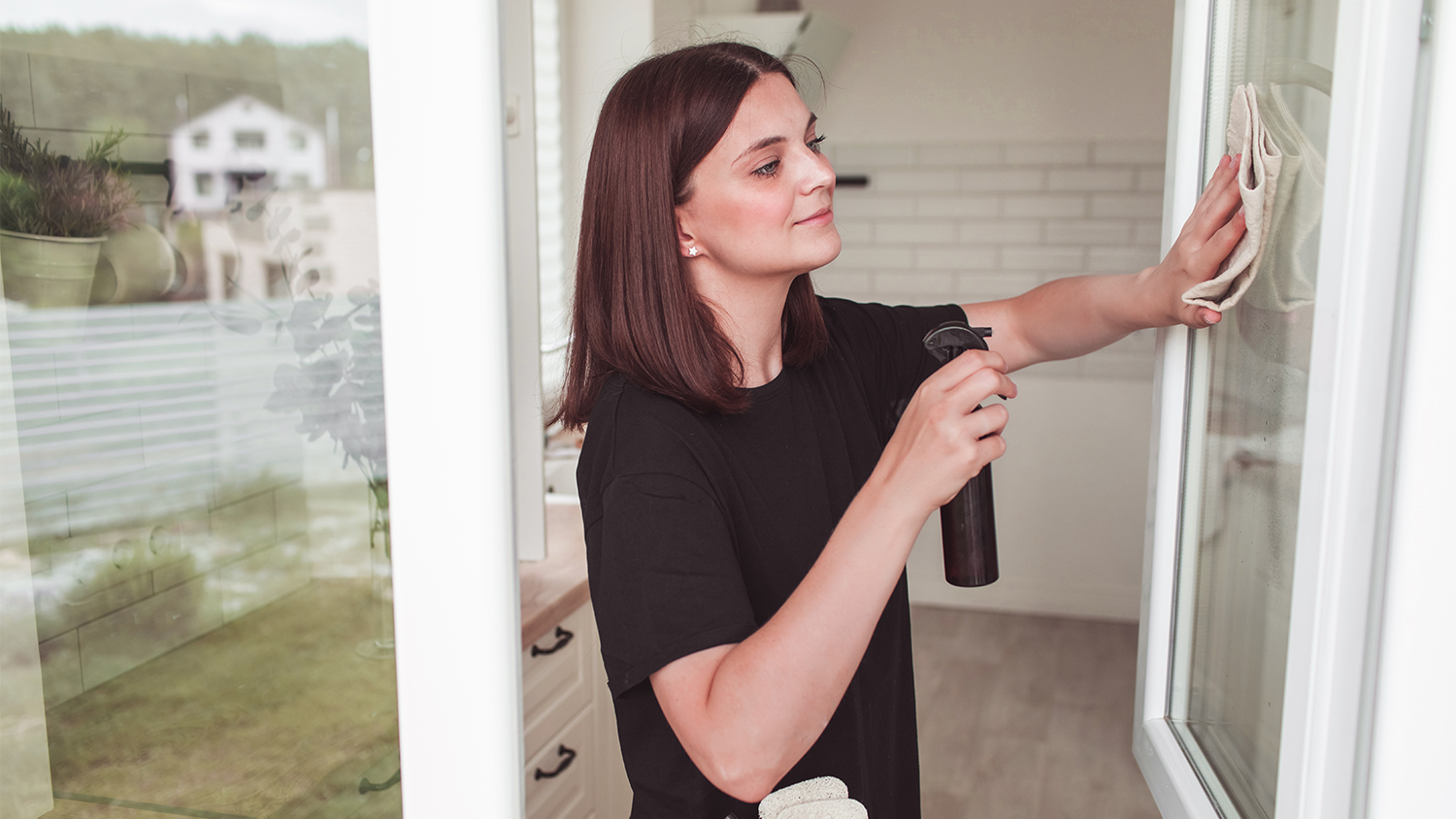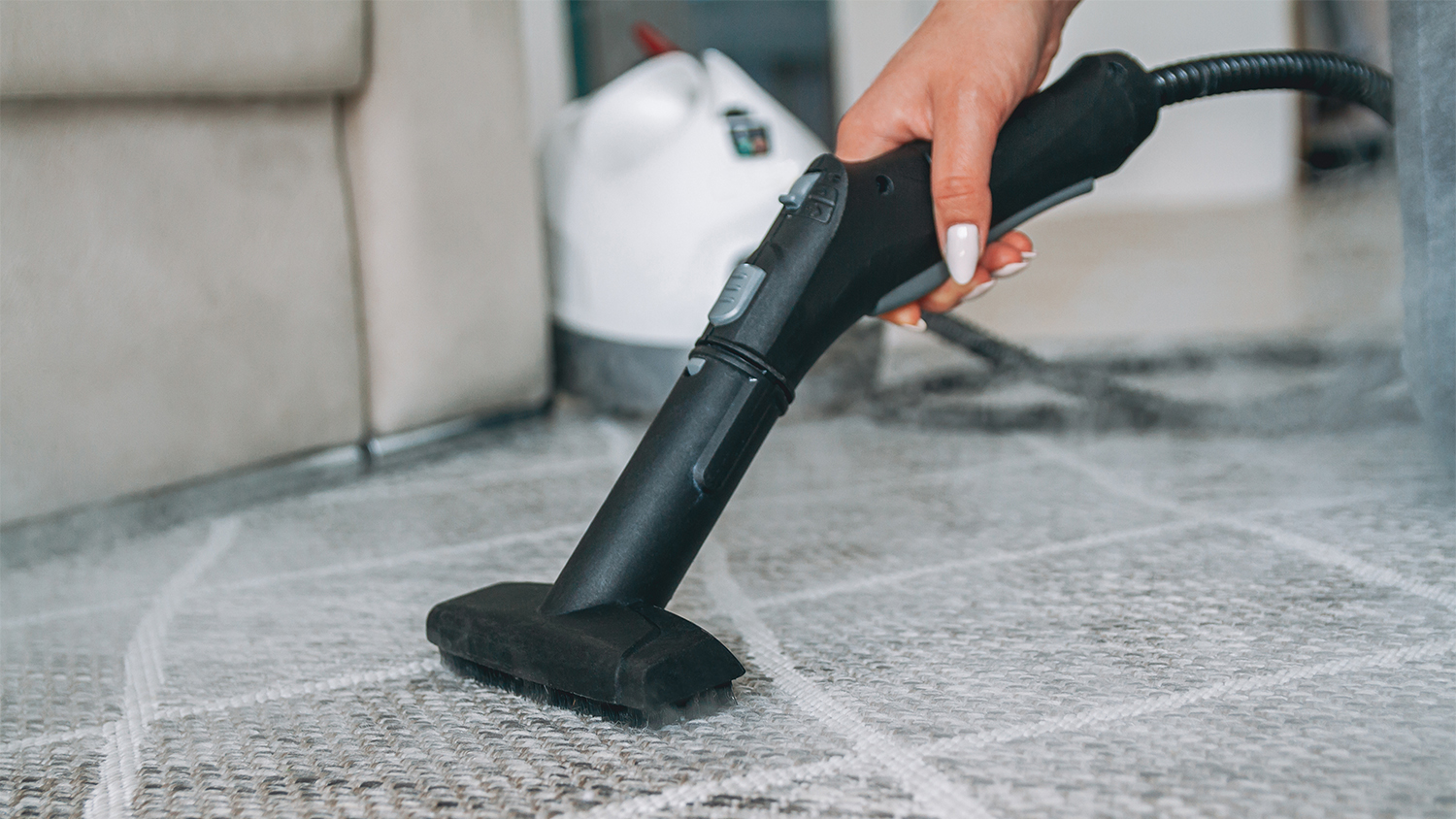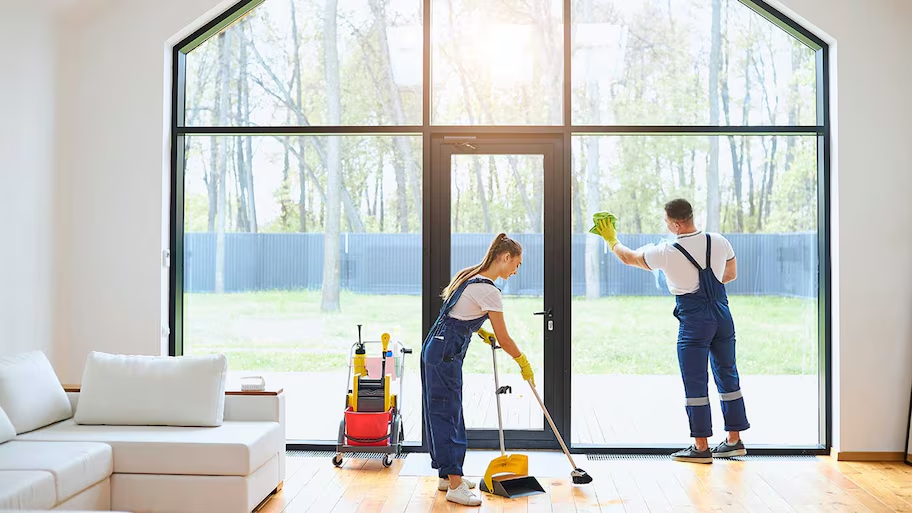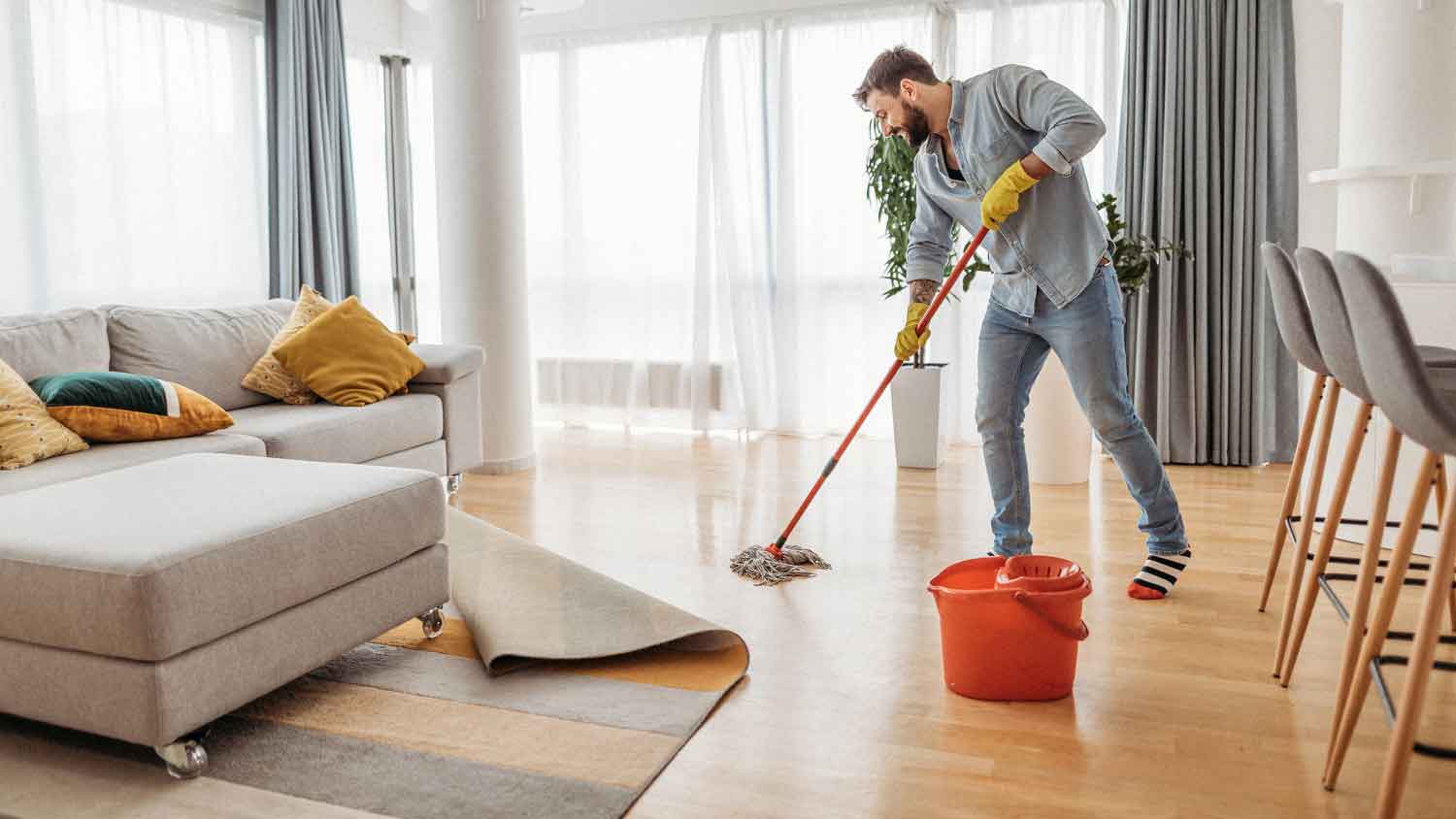7 Cleaning Tips to Help Ease Your Spring Allergies
These tips are nothing to sneeze at
When spring finally comes around, you may have mixed feelings. While the budding flowers, trees, and warm air are wonderful, the sneezing, congestion, and headaches are not. Spring allergies are incredibly common, but you don’t have to settle for days where you literally cannot stop and smell the roses. By taking some preventative steps and implementing a cleaning routine, you can ease some of your dreaded allergy symptoms.
Although cleaning can’t entirely eliminate your spring sniffles, maintaining a solid routine can certainly reduce your symptoms.
1. Vacuum Regularly
When pollen and dust particles are continually flowing through the air, it’s essential to up your vacuum game. A good rule of thumb is to vacuum once or twice a week to keep pet hair and dust bunnies at bay. Regularly vacuuming eliminates allergen accumulation, according to the University of Michigan.
Vacuum all the carpets in your home—if you want to be extra vigilant, you can also vacuum curtains, furniture, and fans.
Pro tip: The American Academy of Allergy, Asthma & Immunology suggests using a vacuum with a HEPA filter to remove the small airborne particles that a regular vacuum might not catch.
2. Reduce Clutter
Allergens and dust can accumulate under piles of items such as boxes or clothing. Less stuff means fewer breeding grounds for dust, pollen, and debris, so add reducing clutter to your spring cleaning checklist.
Consider donating any unwanted or unused items. In addition, you can build more storage space into your home so you have plenty of room to pack away any items you can’t quite part with, but that are collecting dust out on tables and shelves.
3. Wear a Mask, Long Clothes, and Gloves While Cleaning
Wearing a mask and gloves while you dust or vacuum can prevent you from breathing in and being exposed to airborne particles—namely, dust which will trigger your allergies. You can find disposable or washable masks at many pharmacies or convenience stores.
Wearing a mask, long clothes (long sleeves and pants), and gloves are all measures you can take to create a barrier between yourself and the dust—and in turn, reduce your allergies.
4. Clean With Microfiber Cloths
When you clean your house—which is important to do regularly if you suffer from dust allergies—using microfiber cloths can be useful. These cloths are extremely absorbent, which allows them to be great dust-collectors.
Plus, you can wash and then reuse them, making them an efficient dust-remover and environmentally friendly tool.
5. Remove Mold
Spring often brings humidity, and with humidity comes mold. Mold can trigger allergic reactions and asthma attacks, so it’s important to eliminate mold as soon as possible. If you notice mold, scrub the affected areas using detergent and water.
However, it’s important to note that the Environmental Protection Agency recommends removing mold yourself only when it takes up less than 10 square feet. If the mold covers a larger area, you should contact a local mold removal service.
Additionally, it can be tricky to determine whether the mold you see is the only mold around. There may be mold in areas that you cannot see. To ensure you’re getting all of it, you may still want to call in a pro who can recognize all areas affected by mold and give you tips for preventing it in the future.
Other preventative measures you can take to reduce the chance of mold growing in your home include:
Cleaning spills immediately
Using humidifiers
Turning on exhaust fans after bathing/showering
Pro tip: The EPA suggests keeping your home humidity below 60% to prevent mold growth.
6. Use Allergy-Friendly Cleaning Products

It’s not uncommon to have allergic reactions to cleaning products. If you suspect this is the case for you, it’s important to speak to your doctor or a specialist to try and nail down the issues. They may suggest that you switch to allergen-free cleaning products.
What’s best for you will depend on your specific allergies, but you should generally try only to use unscented cleaners and products marked as allergy-friendly. Some common ingredients include white cleaning vinegar, baking soda, and lemon juice.
Avoid cleaning products that contain high levels of harsh chemicals—specifically, you should avoid products containing ammonia, D-limonene, formaldehyde, sodium hypochlorite, and sodium lauryl sulfate, chemicals that may cause allergy symptoms, according to the University of Pennsylvania Environmental Health & Radiation Safety.
7. Clean Your Carpets

Since dust particles and pollen can get trapped inside carpet fibers, you’ll want to shampoo your carpets at least once each spring.
You can either shampoo the carpets by hand or purchase/rent a carpet cleaning machine. If you have a busy schedule, you can also decide to hire a local carpet cleaning service and take the task off your hands.
In addition, you can wet vacuum and steam clean your carpets whenever possible. This step is a great way to show your carpets—and your health—some TLC. Wet vacuuming is useful for cleaning your carpeting, and steam cleaning can kill dust mites.





- 15 Simple Tips on How to Reduce Dust in Your House
- 10 Simple Ways to Reduce Allergens in Your Home
- 7 Tips for Vacuuming Your Stairs to Get Dust-Free Results
- The Best and Worst Flooring Options for Allergies
- These Are the Best Tools for Cleaning Hard-to-Reach Areas
- 15 HVAC Allergy Solutions to Clear the Air
- How to Keep Your Room Dust-Free: 12 Ways to Eliminate Dust
- Learn How to Clean Your House (and Maybe Even Have Fun Doing It) With These 27 Tips
- How to Get Rid of Mold Smell in Your House
- 3 Big Benefits of Professional Carpet Cleaning














